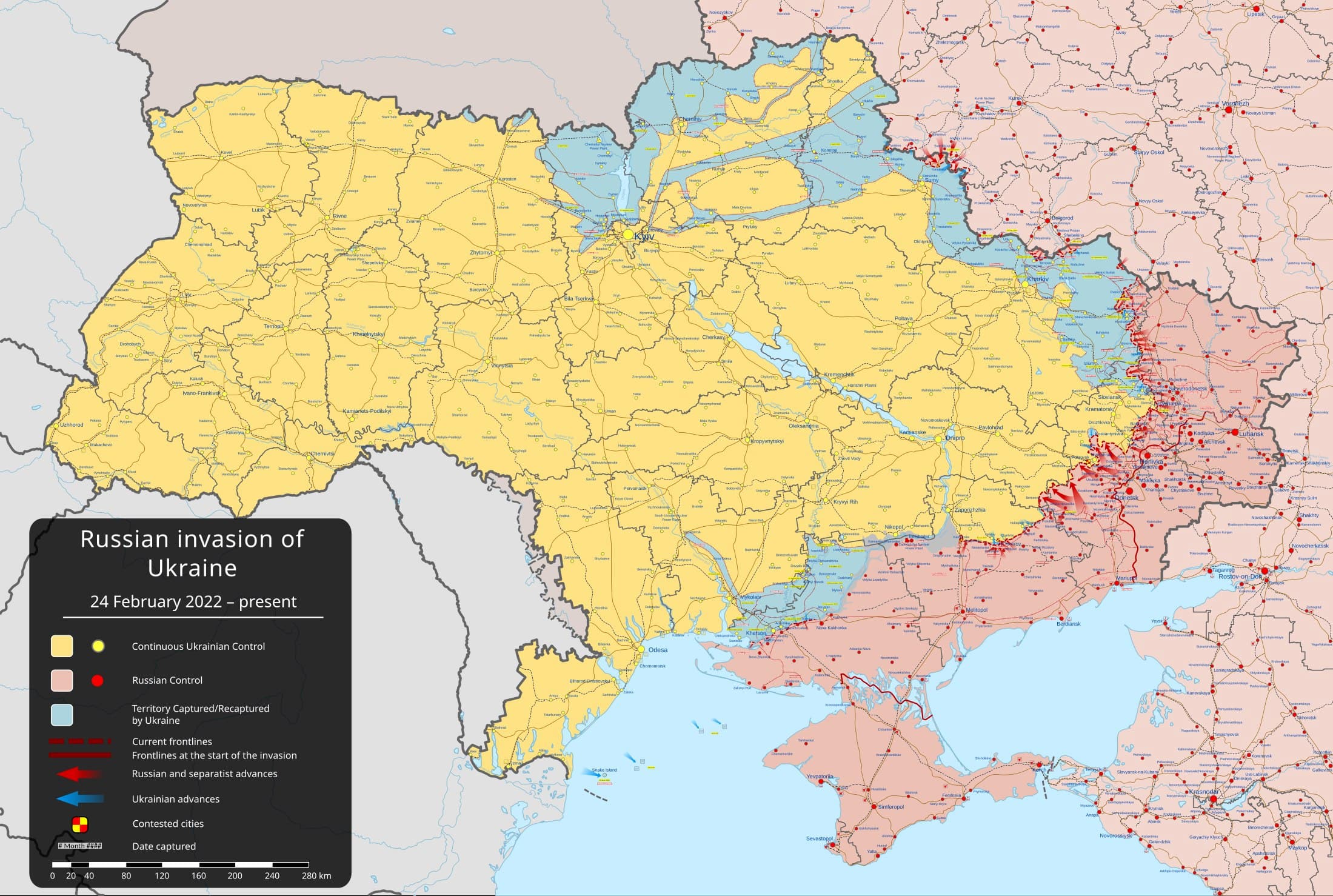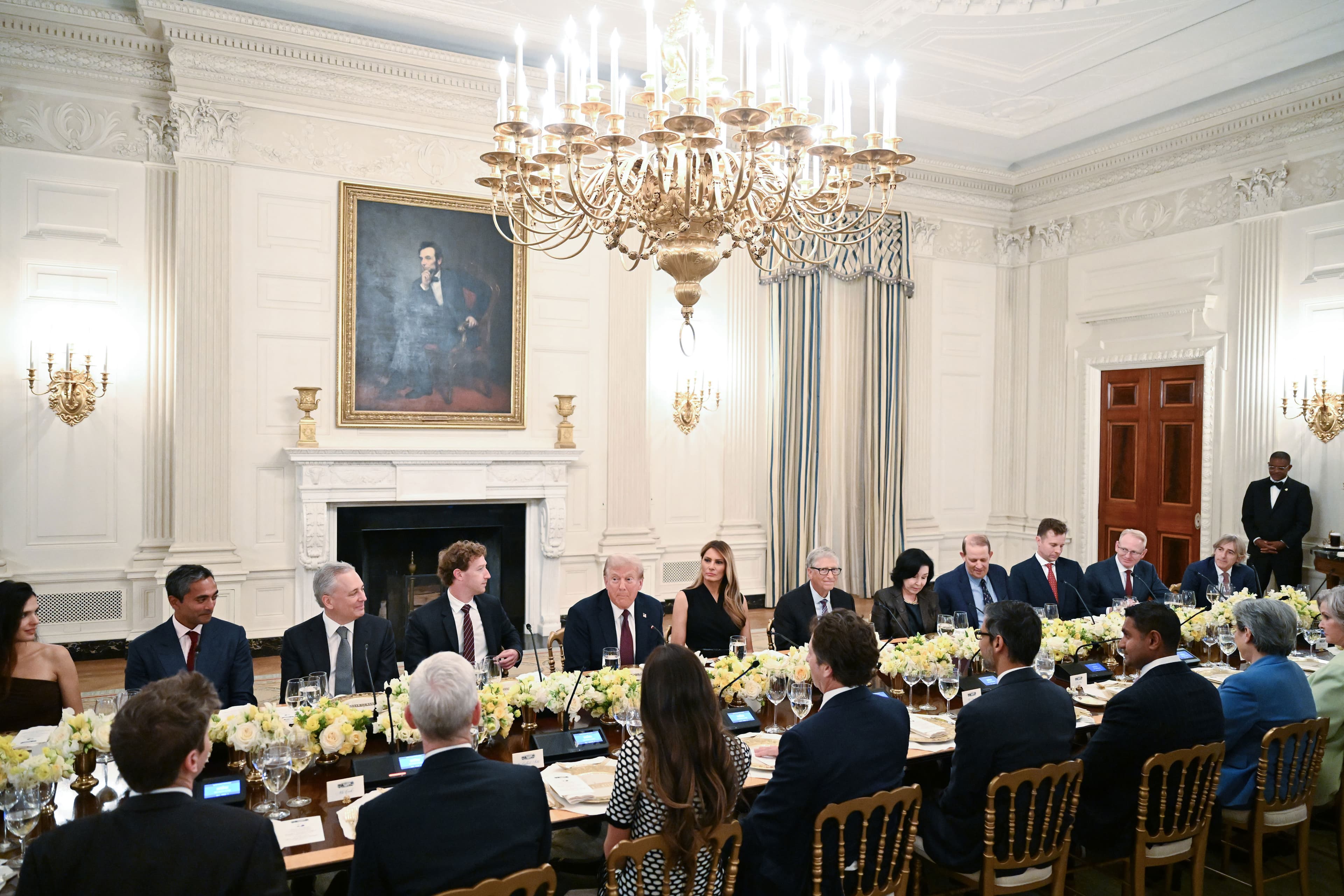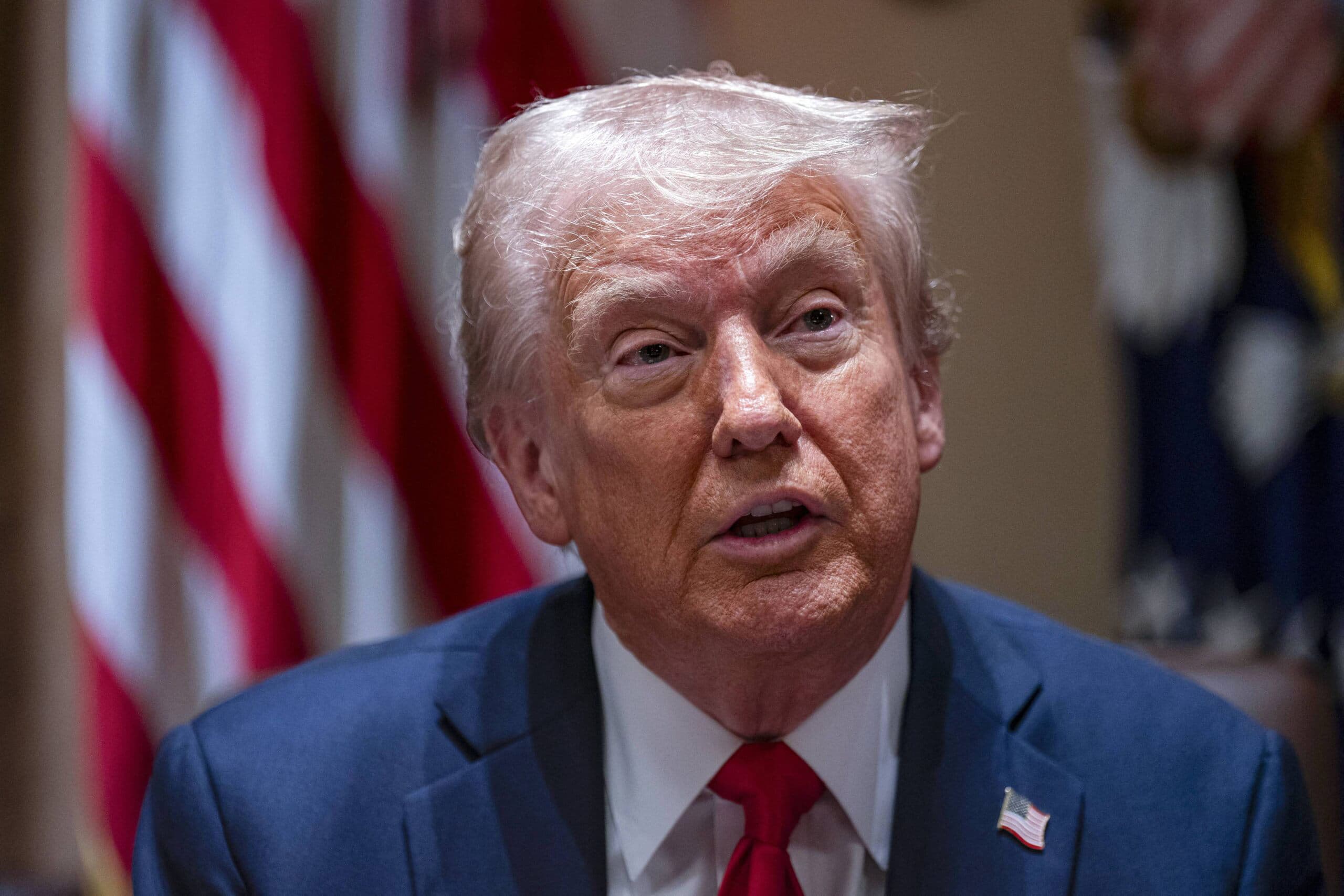Trump Administration Proposes Ukraine Peace Plan Involving Donbas Lease to Russia
In a significant diplomatic move, the Trump administration has unveiled a 28-point framework aimed at resolving the ongoing conflict between Russia and Ukraine. This proposal, which has been reported by multiple sources citing U.S. and Ukrainian officials, suggests that Ukraine should lease the Donbas region—comprising the Donetsk and Luhansk oblasts—to Russia for an unspecified rental fee. The plan is designed to pressure Kyiv into accepting terms that many officials deem unfavorable.
Key Details
The proposed agreement stipulates that while Ukraine would retain legal ownership and sovereignty over the Donbas region, it would effectively cede control of the entire area, including territories still under Ukrainian military control, to Russia. This arrangement would also establish a demilitarized zone intended to enforce a ceasefire between the two nations.
One of the critical aspects of this proposal is its circumvention of Ukraine"s constitutional requirement for a public referendum on any territorial concessions. Given the current political climate in Ukraine, such a referendum would likely fail, making the proposal particularly contentious among Ukrainian officials.
The negotiations for this framework were reportedly led by Steve Witkoff, a special envoy for the Trump administration, in discussions with Kirill Dmitriev, a Russian counterpart. In addition to the leasing of Donbas, the proposal includes provisions to halve the size of Ukraine"s military and impose restrictions on specific types of weaponry. In exchange for these concessions, the United States would offer vague security guarantees to Ukraine against future aggression from Russia.
Ukrainian officials have responded to the proposal by labeling it a "non-starter," indicating their strong opposition to the terms, which they argue echo long-standing Russian demands. Furthermore, European leaders have criticized the plan, asserting that it undermines Ukraine"s sovereignty and territorial integrity.
Background
The conflict in Ukraine began in 2014 when Russia annexed Crimea, leading to ongoing hostilities in the eastern regions of Donetsk and Luhansk. These areas have been the focal point of a pro-Russian separatist movement, which has resulted in thousands of deaths and significant displacement of civilians. The international community has largely condemned Russia"s actions, leading to sanctions and diplomatic efforts aimed at restoring peace in the region.
Previous attempts at peace negotiations, including the Minsk agreements, have struggled to achieve lasting results, with both sides accusing each other of violations. The current proposal from the Trump administration represents a new approach, albeit one that raises significant concerns regarding the implications for Ukrainian sovereignty.
What"s Next
The future of this peace plan remains uncertain, as Ukrainian officials have firmly rejected the proposal. The potential for further diplomatic engagement between the U.S. and Russia will depend on the reactions of both Kyiv and Moscow, as well as the responses from European allies who have expressed their disapproval of the plan. As the situation develops, the international community will be closely monitoring the implications of this proposal on the ongoing conflict and the broader geopolitical landscape in Eastern Europe.
For more insights on related topics, see our coverage on recent developments in European defense and the EU"s proposals for Ukrainian border security.



![[Video] Israeli fighter jets conduct patrols over Hama, Aleppo, and Latakia](/_next/image?url=%2Fapi%2Fimage%2Fthumbnails%2Fthumbnail-1763649043808-r63fck-thumbnail.jpg&w=3840&q=75)


![[Video] Nancy Pelosi calls Donald Trump the worst president for children](/_next/image?url=%2Fapi%2Fimage%2Fthumbnails%2Fthumbnail-1763667652383-lo7blf-thumbnail.jpg&w=3840&q=75)

